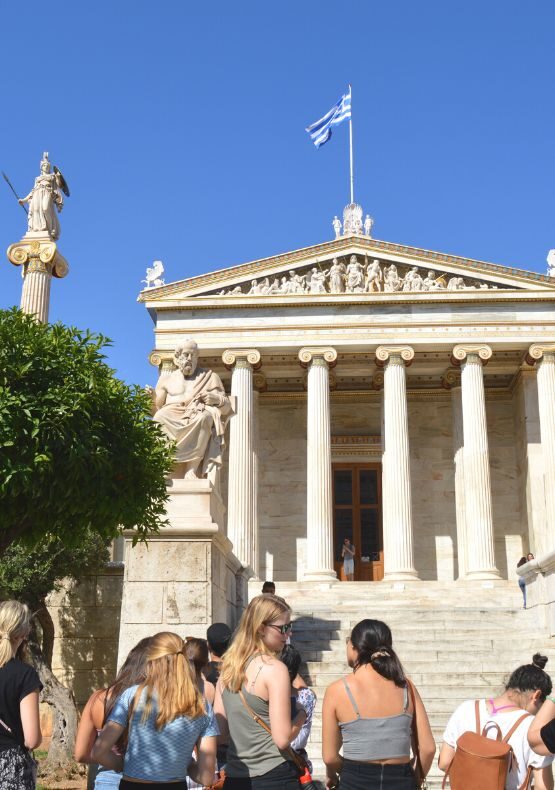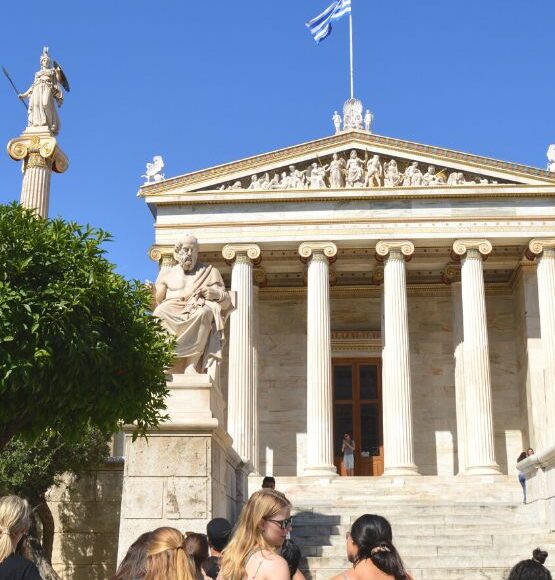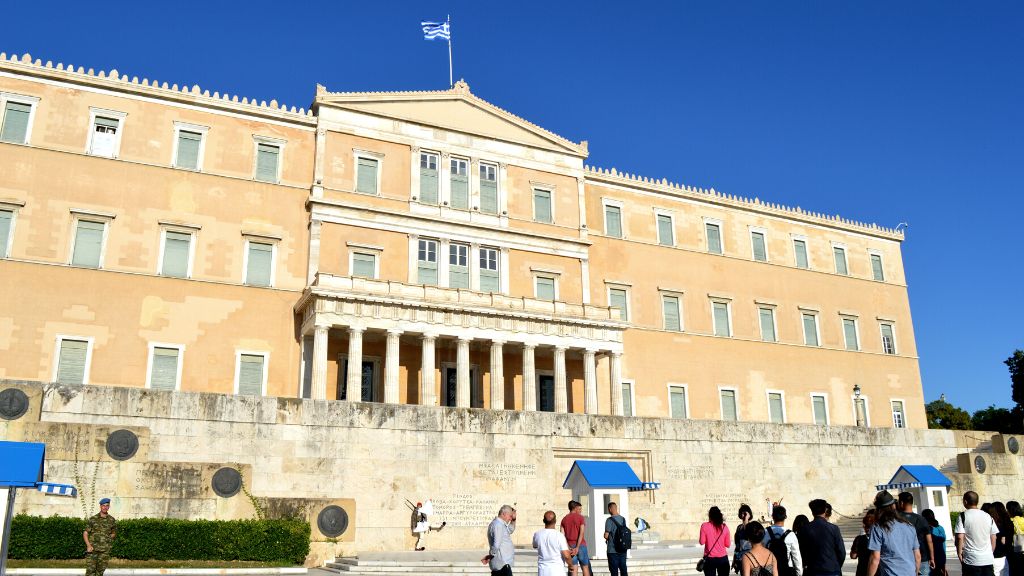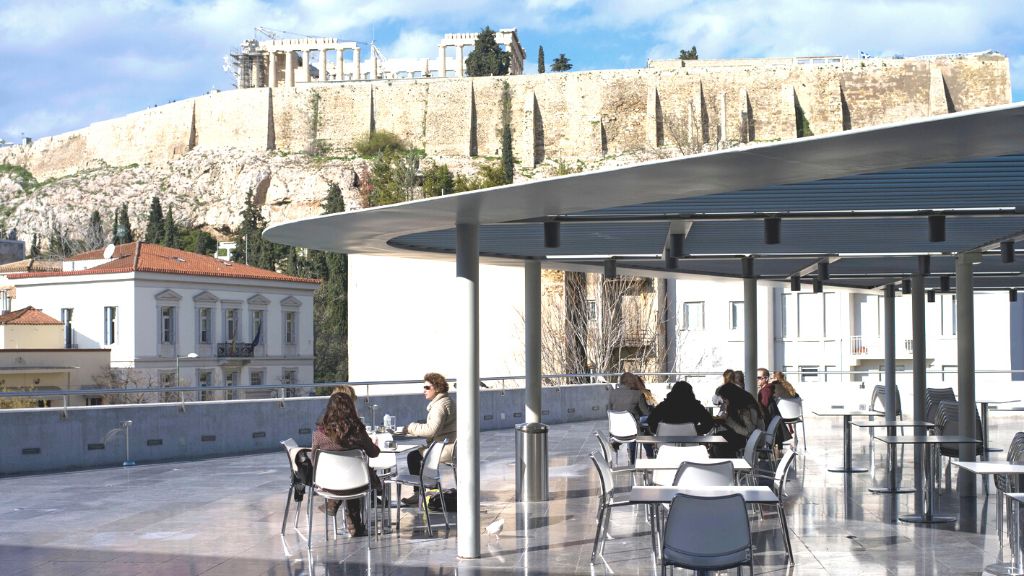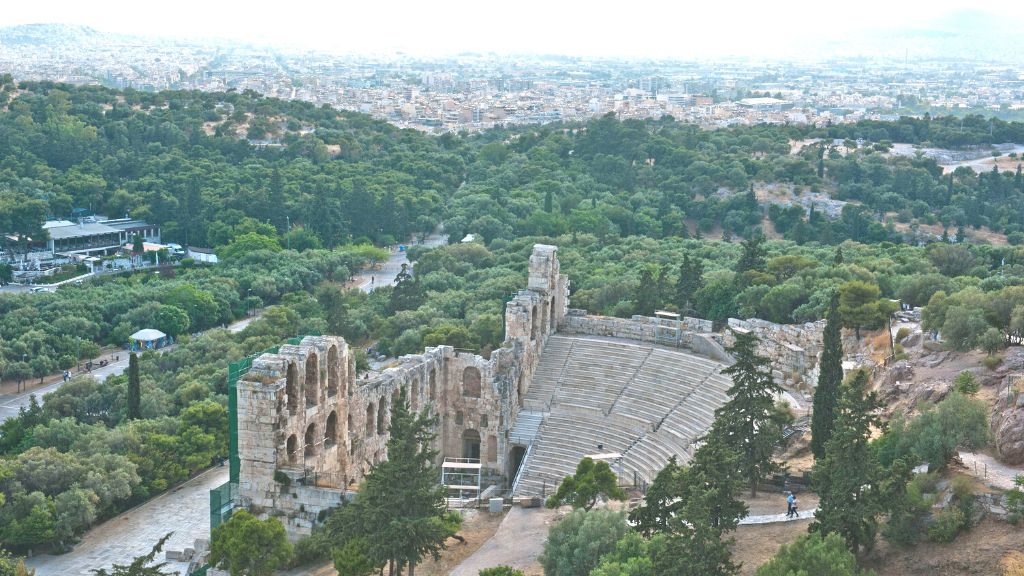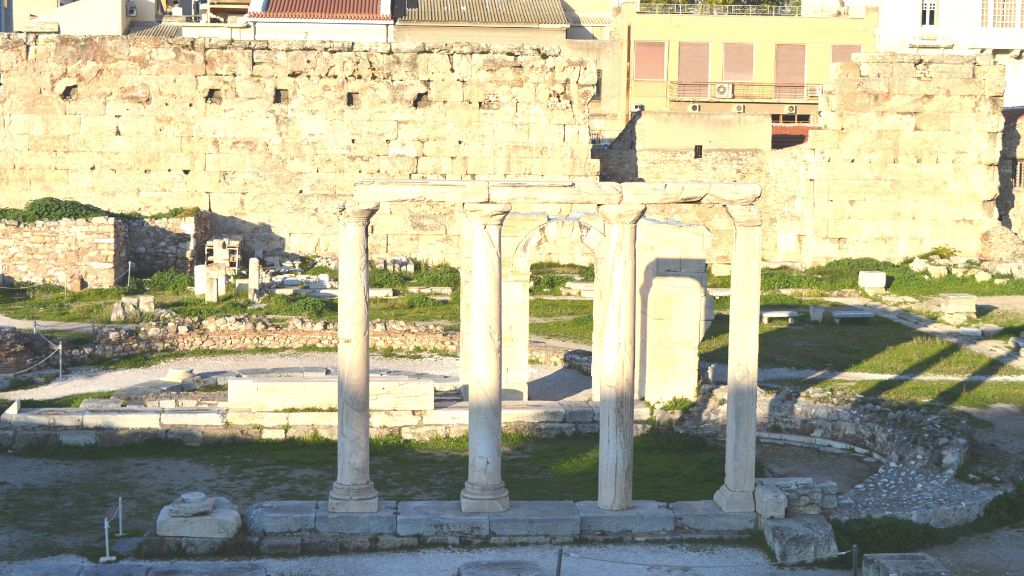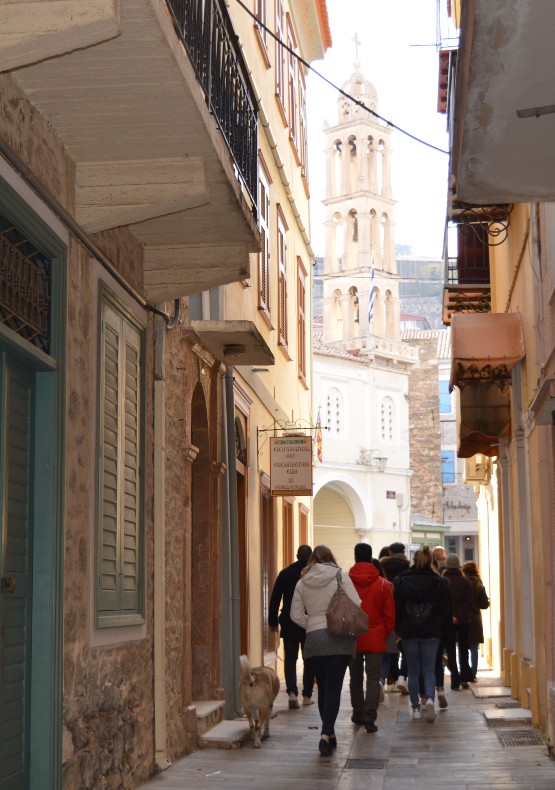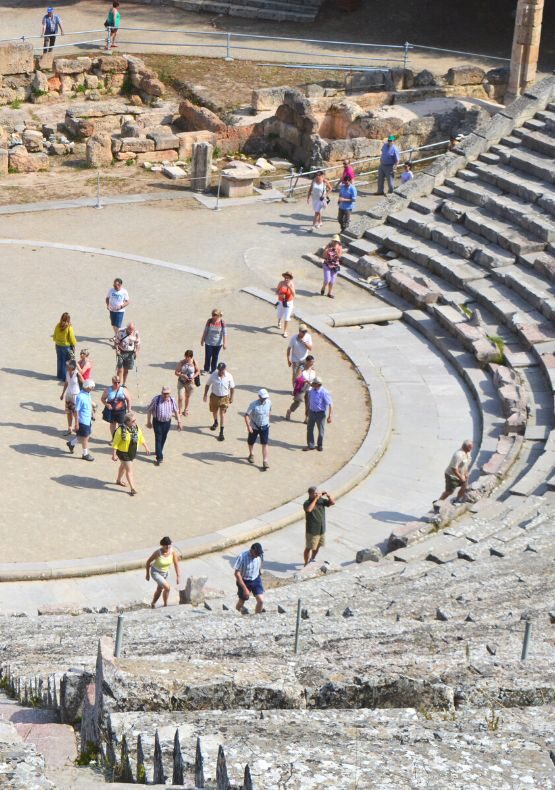Classical Athens-Guided tour
Acropolis, Acropolis museum, ancient Agora
Masterpieces of the Athenian art and monumental architecture as well as the framework within which they created. Tour begins with the temples of the Acropolis, the Parthenon, the Erechtheion, the temple of Athena Nike.
Tour of Athens focuses on the classical period, that is, on the 5th and 4th centuries BC. During the aforementioned centuries a ‘cosmogony’ took place in Athens. Which is the result of the slow social, economical and political changes of the Archaic period (6th – 7th centuries BC). Democracy, despite its limitations, provided the ideal context for the Athenians to achieve a creative outburst in art. Philosophy and in every aspect of intellectual and social life.
Besides their artistic value, these monuments constitute a fine expression of the power of the Athenian democracy
Image Gallery
Important Information
– Private guided tour from licensed guide in any language you prefer
Τour of the Acropolis: Αprox. 90 min
Tour of the Acropolis Museum: Αprox 60 min
Tour of Ancient Agora: Αprox 90 min
Modern City Center: Αprox 60-90 min
** Prices may be changed depends season & number of persons
– Entrance fees
– Travel and medical insurance.
– Inside of the archaeological museum and at the archaeological sites it is forbitten any food or drink except water and it’s not allowed any pets.
– Wear comfortable shoes, hat, sun cream
Τip : You can choose one or more from above suggested tours
Additional activities: We have variety of activities that we can offer you dear traveler depends on your interests, budget, available time.
Such as : Food tours, cooking classes
nature bath, cycling, guided tours to other archaeological sites, transportation. Please contact us for more information ;info@grecopaths.gr

